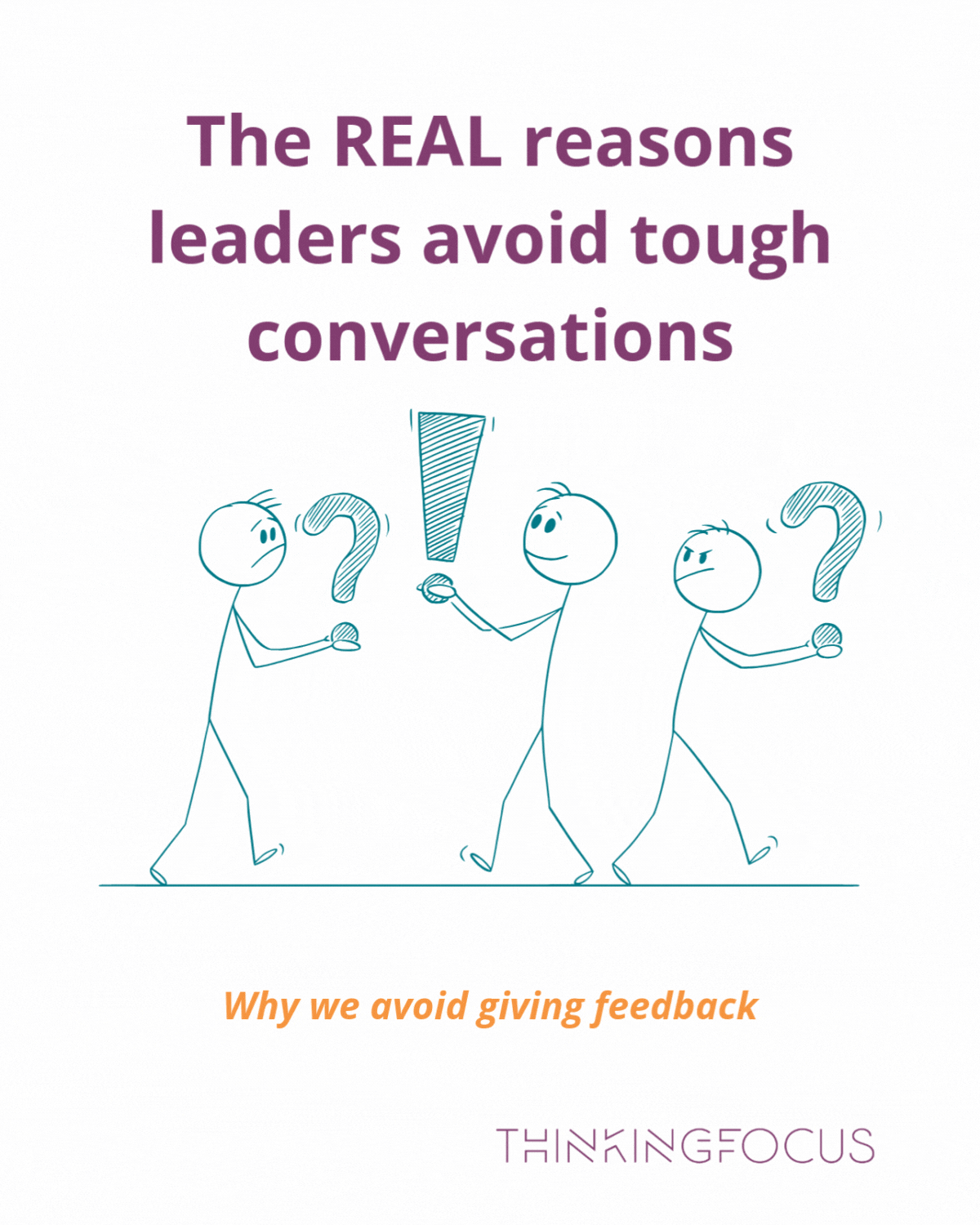by Graham Field
Ensuring high quality leadership within any organisation, large or small, has always been a challenge, and much has been written on this subject. Pick up any leadership book or read any leadership material and it must seem like the Holy Grail is waiting to be found!
From our own extensive research and experience, we at Thinking Focus believe that there are three key areas to focus on to become a quality leader, which in turn will bring about organisational success.
Below, we discuss these three areas, as well as giving tips for leaders to focus on in order to improve performance. When reading the following, consider yourself now against the areas mentioned: where do you see your strengths and where are your development areas? What do you, or others in your organisation, need to concentrate on to become high quality leaders?
Ask yourself our 10 questions – and answer them as honestly as you can. Then act on the information you have to make the improvements needed to achieve your aims.
- Shaping The Business: This is about getting any organisation ready for success, and as a leader the key areas for you to work on are:
Creating, and continually encouraging, a supportive, inclusive environment: Environments don’t just happen; they need to be created. The most basic question any leader should be asking themselves is “what type of environment do I want to create?” The most successful organisations worldwide ensure that the environment they create supports everybody – through effective HR policies, great inductions, mentoring and coaching schemes, and other forms of employee engagement. High quality leaders recognise the value of having these in place as a motivating factor and ensure their people are really included in decision making processes.
Shaping your organisational structure and processes for great success: Once quality leaders understand the ‘what’ (environment) they focus on the ‘how’ (structure and process). As a great starting question, and one that should be constantly revisited, these leaders know the answers to “what structure, systems and processes would be the most helpful to support our overall vision/aims?” This question allows leaders to focus on the ‘nuts and bolts’ of their business considering, for instance, whether the structure actually supports people, really is customer focused or can demonstrate attention to quality. High quality leaders know structure and process must help, not hinder, organisational success and implement them rigourously.
Master the fundamentals of your business: Any great leader works at mastering what makes organisations tick – particularly their own – whether this be through self-learning, through mentoring or through development programmes. High quality leaders make understanding “what key business principles do I need to learn and master?” a daily task.
- Strengthening The Team: Focus on the people side of leadership, and the importance of developing and motivating the best team a leader can have working with them.
Ensure the team you have has the right people doing the right things: Any leadership text will highlight that leaders need followers – and in the world of the organisation, this is about having the right team. High quality leaders not only recruit the right people, they place them where their skills will be used to maximum effect, ensuring both business success and individual motivation. As a leader, knowing the answer to the three-part question “what does each of my team bring to the party, how effectively are their skills being used and how might their skills add even greater value?” is essential. And this is not a one-time question, but an ongoing one. High quality leaders are constantly aware of the skills mix of their people and move their teams around for maximum success.
Make sure everyone fully understands their role – and how this fits with your vision: There’s a great analogy often used to demonstrate this point about two stone cutters working in a quarry and they are both asked what they are doing. Stonecutter one replies “I am cutting stone” – clearly demonstrating they understand what they are doing. Stonecutter two responds “I am part of a team building a cathedral” – clearly demonstrating they know not only what they are doing, but how it fits with a bigger picture. High quality leaders understand this point and make sure that the people they work with know not only what they are doing, but also why. These leaders ask the question “what can I do to bring my vision to life for everyone?” and then engage everyone in answering it.
Understand that relationships matter: Everyone in an organisation, or indeed who interacts with it, is important – and high quality leaders understand this and work at it. Knowing how to interact with people, how to effectively delegate to motivate and develop people, how to develop a relationship of trust and how to communicate effectively are all important factors that great leaders understand. Answering the questions “which of my people skills need the most work?” or “which relationships do I need to focus on the most?” gives great insight – and helps to forge a development path to gaining new skills, or brushing up on existing ones!
- Seizing The Opportunities: Focus on building on all of the above, then allow high quality leaders to be the most proactive they can be and either make the most of opportunities as they arise or, ideally, create new opportunities for success.
Dig around in your organisation – find the opportunities: When everything is running smoothly, as it will be if the organisation has been shaped and the team strengthened, reflecting on how everything is working is a key trait of high quality leaders. Unwilling to rest on their laurels, effective leaders will be constantly exploring how things are working, highlighting areas for improvement and seizing these opportunities. Ignoring the rule of “if it ain’t broke, don’t fix it,” they probe what’s going on with a view to continuous improvement. Make answering the question “where is there an opportunity for improvement in this?” one of your daily habits.
Reduce reaction times on vital knowledge – and create sources of information: Opportunities are always presenting themselves through the information that surrounds us – high quality leaders not only make the most of this, but also find ways of ‘being in the know’. Regularly reading trade journals, attending seminars and networking events, following the news, and really listening to what’s being said in meetings are all seen as opportunities to take in something vital before turning it into meaningful action. Knowing something and filing it for future reference may be helpful, but turning that knowledge into an opportunity for creative thinking and speedy action is the way of the high quality leader. Make sure when vital knowledge comes your way you can immediately answer the question,“what’s the most creative way of using this information for organisational success?”.
Make innovative leaps in everything you do: High quality leaders know that unleashing their own creativity, and that of their people, holds the key to so many problems, challenges and opportunities. Creativity is no longer the gift of the select few in organisations: a function of leadership is to harness the creativity in everyone. Most managers and leaders are able to look at where incremental improvements can be made; the most effective leaders look to move things up a gear; consider how to develop creativity and innovation to ensure that they are prepared to make giant leaps, not small steps. Answer “what’s the most creative and innovative thing I can do with this?” regularly – and make sure your creativity skills are topped up at all times!
From working with our clients, we believe that by following the nine tips above, and putting in the time to answer the ten questions within them, anyone can start to increase their leadership capability. You may already be doing some of the above, and only need to work on just a few of the areas. Whichever approach you need, and decide, to take, as a high quality leader make a commitment to do something with the information above!






